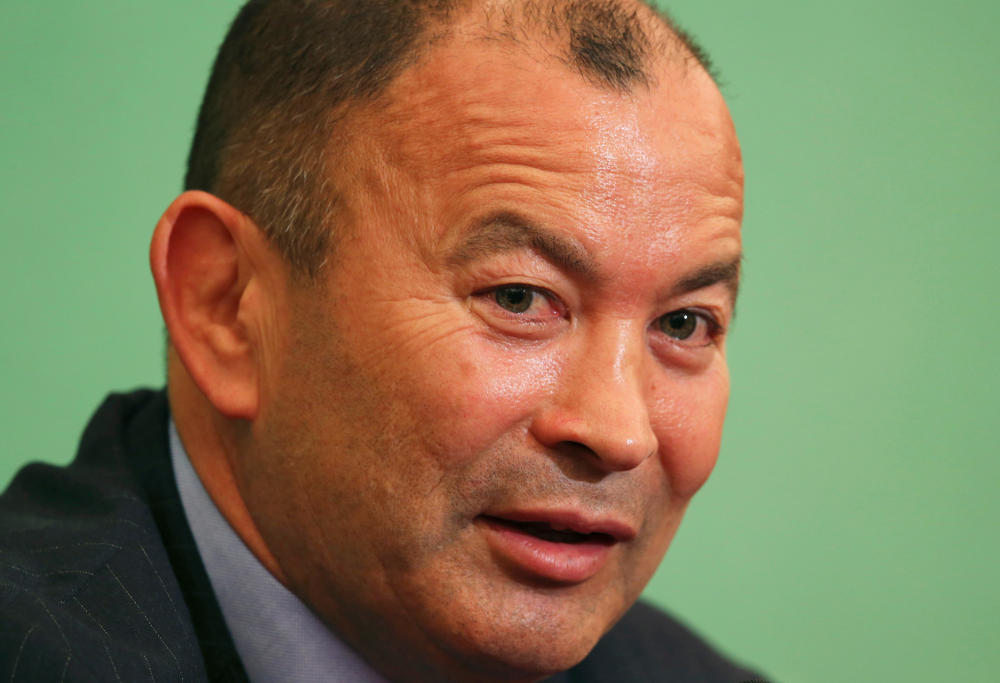Despite beginning with two of the worst opening quarters in South African rugby history (and allowing a disgracefully soft try at the end of the first Test at Ellis Park), the Springboks rebounded.
They saw off Eddie Jones’ bid to be the first England coach to win a series in the Republic, doing so with a game to spare.
Much of what has been written about these two victories understandably focuses on a new spirit in the team. Fighting back from 3-24 and 0-12 does take real belief. There’s also talk of the transformed attack, team selection and captaincy, and the speed on attack developed by the new combination of Faf de Klerk and Handre Pollard (who kicked only five times in almost 160 minutes of rugby, which must be a record low for a Bok flyhalf).
Secondary narratives have been about altitude, the failed experiment of parachuting Brad Shields into a struggling side and expecting anything more than a Chris Robshaw with a better beard, and the quick fade of England’s fortunes. Eddie Jones had billed this series a “World Cup semi-final dress-rehearsal,” but now says it’s a “horror movie.”
What do the numbers say? How terrifying was it, for the English coaches, to look the metrics from the two losing Tests?

Eddie Jones and England have begun to splutter (AP Photo/Koji Sasahara, File)
1. Too many points conceded, from simple momentum
England scored 25.5 points a game, which can be enough in many Tests to win. Both sides carried the ball more than usual, and England did not throw many speculative passes, but the Boks were about ten per cent more effective at crossing the gainline, with big carriers running hard lines.
South Africa made 6.45 m per carry, compared to England’s 5.22 m per carry, and much of that significant advantage came from 9 tackle busts by big Boks to only one by England (a back, scoring an early try). Add in a 14-4 offload advantage by the Boks, and you can see a tale of the tide, which is hard to stem on the High Veld.
Run a lot, run hard, break tackles, find key offloads, and if you doing that in the right areas, you usually score in multiples of three, five, or seven.
2. England was tackled back; South Africa was merely tackled
Tracking ‘dominant’ tackles is an excellent way to quantify the contact area, if tackles are not being missed from over-eagerness to put the big hit in.
Both sides tackled at a high completion rate in Johannesburg and Bloemfontein: 93.5 per cent for the Boks, and 93 per cent for England. But the dominant tackle score was 18-2 for South Africa, with many of those crunching hits made by Bok front-rowers and back-rowers. That’s a tough way for a touring team to live in South Africa.
Not surprising, turnovers resulted from big tackles (rucks were secure on both sides: England kept 99 per cent of theirs and South Africa 96 per cent), and English attacks were stymied. Not to mention, England was physically hurt.

England’s Dylan Hartley looks up at the TMO verdict (Photo by Ashley Western – MB Media via Getty Images)
3. English line speed was non-existent
The good news was England was never pinged for being offside (the Boks were, five times). The bad news is the referees never even had to wonder if England was offside. This meant that Handre Pollard took the ball flat, whipped hard and long passes to runners, and Willie le Roux had time to invent blindside channels or just ghost a few tries for himself or the fast young wings. Sometimes, no penalties can be a bad thing.
4. Wasted kicks
England kicked longer than South Africa (32.4 m per kick versus 23.4 m), but very few were contested. This was also the case on restarts. The Boks won the ball back from de Klerk’s box kicks or counter-rucked the marooned catcher or put in the big hit.
England just gave the ball to Duane Vermeulen or le Roux to counter with. Pollard and le Roux created counters, instead of playing kick-tennis; le Roux kicked only three times in two Tests. The Boks used the box; England went too long.
5. Second half scrums were the real horror movie
England gave up a scrum penalty try and it could have been two. Steven Kitshoff and his benchmates gave the visitors a torrid examination at scrum time, winning penalties at will, and creating a lovely platform for the young Bok backline.
[latest_videos_strip category=”rugby” name=”Rugby”]
6. Dropping the ball
England dropped the ball on 9-10 per cent of their carries, depending on the stat reports you see, in perfect conditions.
South Africa’s sloppy centre Damian de Allende almost matched that by himself, even as he ran hard and well. But overall, English butterfingers stopped their momentum, and gave the Boks scrums (exactly what Jones did not want in the second half) and hunger for more big hits.
Combined with the penalty edge, this contributed greatly to the 52.5 per cent territory and possession advantage for the home side.
England can fix several of these areas, with personnel or instruction. Being tackled into oblivion is more difficult to stop, because the Boks can’t wait to do it again!
The two questions for England now are: are they listening to their coach any more, and is he talking about the right things?































































































